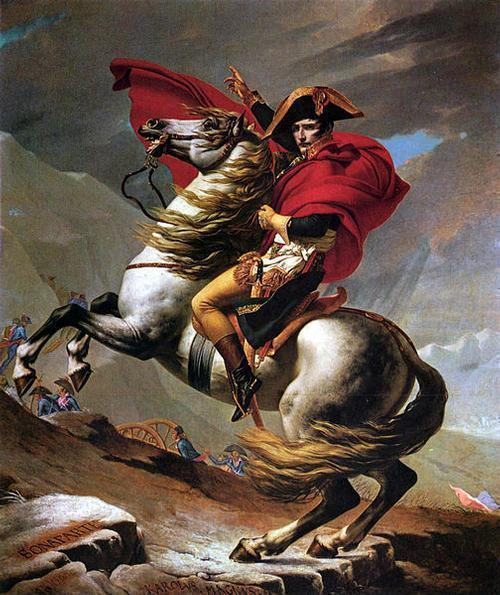BURGUNDY
History

History
Popular destinations FRANCE
| Alsace | Ardeche | Auvergne |
| Brittany | Burgundy | Cevennes |
| Corsica | Cote d'azur | Dordogne |
| Jura | Languedoc-roussillon | Loire valley |
| Lot | Normandy | Picardy |
| Provence |
History
Prehistory
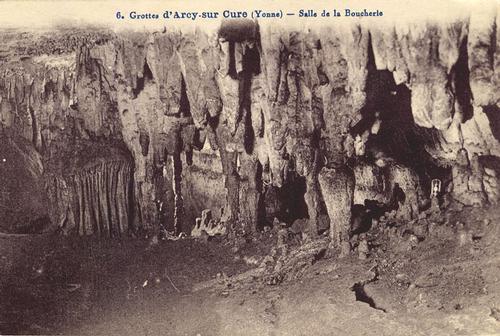
Several traces bear witness to the fact that people lived in present-day Burgundy as far back as the Paleolithic, the Old Stone Age (c. 2,000,000 - 8,000 BC). Locations include Arcy-sur-Cure and Roche de Solutré, near Mâcon. So much material has been found there that the entire period (c. 20,000-16,000 BC) is called Solutréen. The same goes for Chassey-le-Camps, where many remains from the Neolithic (ca. 6000-1800 BC) have been found. So much so that a period is also named after this, namely Chasséen (4000-3000 BC). During this time the nomadic people settled in this area and gradually became livestock farmers and arable farmers.
Antiquity
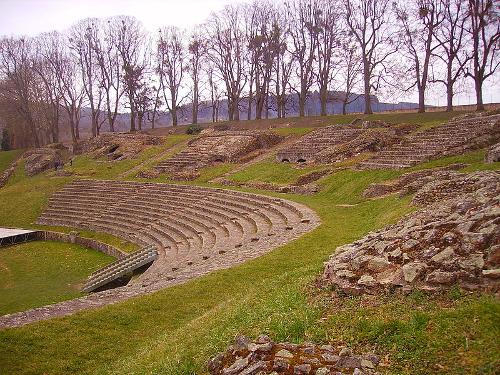 Roman Theater Autun BurgundyPhoto: Zairon CC 3.0 Unported no changes made
Roman Theater Autun BurgundyPhoto: Zairon CC 3.0 Unported no changes made
Approx. 300 BC. the Gallic Aduans settled in present-day Burgundy, excellent farmers and ranchers. They lived in fortified places, the so-called "oppida". The largest oppidium, and in fact the capital of the whole area, was Bibracte, a fortress on Mont Beuvray in the south of the Morvan.
From the 2nd century BC. this area was attacked and despite fierce resistance from the Gallic tribes, the Romans under Julius Caesar took over in 52 BC. into the area. The legendary Gallic captain Vercingetorix suffered the decisive defeat.
After this period of resistance, the Gauls benefited from Roman civilization and experienced a period of economic prosperity. The capital was moved from Bibracte to Augustodunum (today's Autun). Almost immediately the Gauls came into contact with Christianity. An important city like Auxerre was built in the 4th century AD. Christianized and an important place of pilgrimage.
The 4th century was also marked by the decline of the Roman Empire and the invading Germanic peoples (Goths, Vandals, Franks, Saxons and Angels) and the Huns. In 476 the Western Roman Empire ceased to exist.
Middle Ages
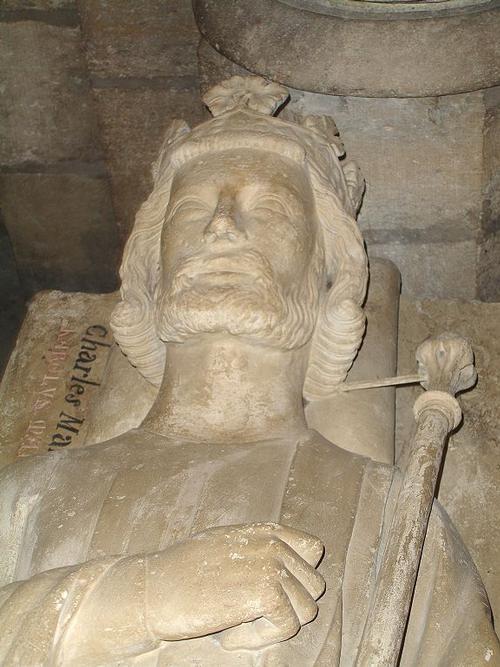
In 486 the Frankish empire (area between the Rhine and the North Sea) of the Merovingians was founded by Clovis, king of the Salian Franks. He was baptized in 496 and thus the Gallo-Romans and the Franks easily formed a state. After Clovis's death in 507, the Frankish Empire was divided among his three sons. In 532-534 they added the kingdom of the Burgundians, the Burgondiones, to their possessions. These Burgundians came from the Baltic coast and entered this area at the end of the 4th century. After the death of one of the sons, Clotaire I, the empire was divided into three parts of the empire: Austrasia, Neustria and Burgundy (located between Austrasia and Provence, with the capital alternately Chalon-sur-Saône and Autun).
Under Clotaire II (613-629) these parts of the kingdom were ruled by court maids and had a high degree of independence. Under Dagobert I (629-639) a last attempt was made to unite the three kingdoms, but this failed miserably. The stewards became even more powerful, which ultimately led to the decline of the Merovingians.
It was only under Charles Martel (714-742) and certainly under Charlemagne (768-814) that the Frankish empire became increasingly powerful and expanded considerably, as far as Spain and Germany. In the provinces he ruled with a heavy hand, but this resulted in a cultural and scientific flourishing period.
After the death of Charlemagne, a succession issue arose. After the reign of his son Louis the Pious, the great empire was again divided into three by the Treaty of Verdun in 843. Louis the German got the eastern part, Charles the Bald the western part and Lothair the so-called Middle Kingdom. From this division, France was eventually born.
Burgundy was divided between the Middle Kingdom and West Francia by Verdun. The part of the Middle Kingdom was already lost to East Francia in 921. The northwestern point later became the Duchy of Burgundy.
During this time Europe was ravaged by invading Normans, but the feudal men also became increasingly independent. Richard the Just, Count of Autun, managed to unite the other Burgundian counts and drive the Normans out of Burgundy.
Capeting House (987-1328)
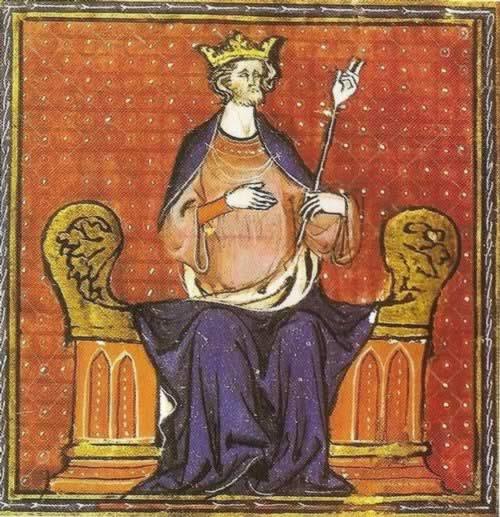
In 987, the Carolingians were ousted by the Capetians and Hugo Capet, duke of the Ile de France, was crowned king. Feudal states like Burgundy were very powerful and almost independent in those early days. In 1015 Robert II the Pious succeeded in conquering Burgundy, but under his son Robert I the Elder central authority was again seriously undermined. Burgundy at that time consisted of the region around Dijon.
Only under Louis VI the Fat were the feudal rulers somewhat restrained. As a result, prosperity increased again for the ordinary population. During this time monastic orders such as the Cluniacans and Cistercians also became increasingly important for the development of the Burgundian country.
Under Louis VI (1137-1180), the influence of England on France increased due to dynastic complications. The marriage of Hendrik Plantagenêt to Eleanor of Aquitaine created a very powerful empire: England, Anjou, Normandy and large parts of southwestern France.
The Capetians saw these developments with sorrow and Philip II Augustus (1180-1223) went to war with the English, who were led by Richard the Lionheart and his successor John without Land. It was a successful battle for Philip, because in the end all fiefs north of the Loire were annexed to the French kingdom. Throughout the 13th century, peace and tranquility defined the image in France, including under the mighty Louis the Saint. He reformed the administrative and administrative apparatus and made peace with the English in 1259. He died in Tunis in 1270 during the Second Crusade.
Hundred Years' War (1340-1453)
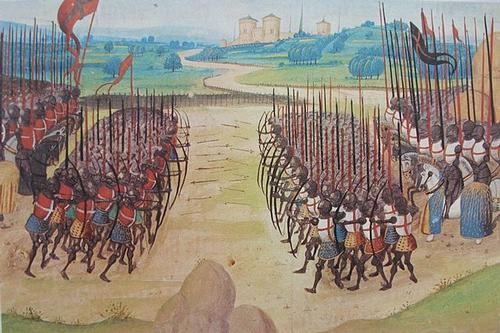
Peace and prosperity ended during the reign of Philip VI of Valois. Famine and plague made many victims. Furthermore, the English King Edward III claimed the French throne and as a result, among other things, a number of wars broke out that together would be called the Hundred Years' War. The battle went badly for the French because as early as 1360 the whole of south-west France came under the rule of the English. Under the weak Charles VI (1380-1422) France reached its lowest point. Vazals tried to take over the power from Charles and even entered into alliances with the English. Thus, the Bourguignons, led by John the Fearless, the Duke of Burgundy sided with the English. They came into conflict with the Armagnacs, and after John the Fearless had his opponent murdered, a kind of civil war started.
The English, under Henry V, took full advantage of the infighting of the French and in 1415 the French army was also devastatingly defeated at Azincourt. Henry received help from Philip the Good of Burgundy and afterwards Normandy and Rouen were also taken. The States General of France subsequently recognized Henry V as king of France.
In 1422 both the French and the English king died and both Henry VI and Charles VII were proclaimed king. In practice, the English Henry VI turned out to be the strongest, because he conquered the last French stronghold, Orléans.
However, the French heroine Jeanne d'Arc turned the tide by retaking Orleans with Charles VI's army on May 8, 1429. Charles now felt strong enough to have himself crowned king of France in Reims. After this he also managed to recapture Paris and to get Philip the Good of Burgundy behind him. In 1444 an armistice was signed with the weakened English, and at the end of the Hundred Years' War only Calais remained in the hands of the English.
Under Charles the Bold (1467-1477), the Duchy of Burgundy stretched from Amsterdam to Mâcan and from Amiens to Mulhouse. This mighty empire was founded on figures such as Philip the Bold (1363-1404), John the Fearless and Philip the Good (1419-1467), the father of Charles the Bold. Charles, however, antagonized Louis XI (1461-1483) of France and lost his ally Edward IV of England, who made peace with Louis. Charles died in 1477 after fighting with rebellious Lorraine.
To a new French state
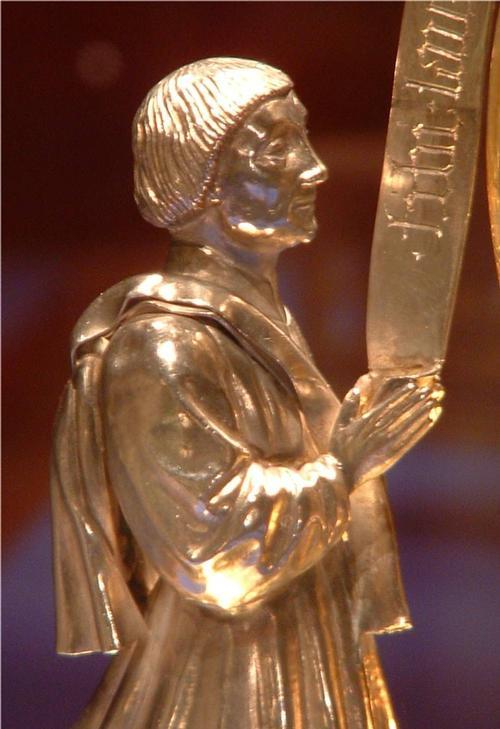
Louis XI attempted to reunite the national French state in the second half of the 15th century, but encountered the counts and dukes, who each wanted to go their separate ways. Burgundy was only brought into line after the death of Charles the Bold. However, Charles had an heiress, Mary of Burgundy, who married Maximilian of Austria. Louis then managed to conquer the French tribal area, but all other conquests fell to the Habsburgs. For Burgundy, this meant that it continued to exist, but without the current Burgundy. In addition, there was a German emperor on the Burgundian throne.
The business became even more international when the son of Maximilian and Mary, Philip the Fair (1482-1506), married the Spanish princess Johanna. Their son, Charles V, eventually became emperor of Germany, king of Spain and lord of the Netherlands. The Burgundian empire finally ceased to exist and from then on the authority was only exercised by a royal governor.
Sixteenth century
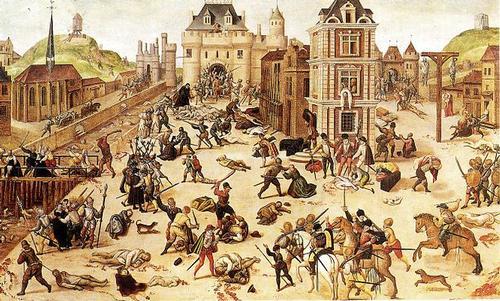
The sixteenth century in France was dominated by church reforms and the inevitable religious disputes associated with them. The Huguenots (French Protestants) in particular had a hard time under the rule of successively Francis I (1515-1547), Henry II (1547-1559), Frans II (1559-1560), Charles IX (1560-1574) and Henry III (1574-1589). The most violent event was St. Bartholomew's Day in 1572, when about 20,000 Huguenots were literally massacred after the marriage between the Protestant Henry of Navarre and the Catholic Margaret de 'Medici.
Only under this Henry IV (1589-1610) of Navarre did things calm down again in France. He converted to Catholicism, but also granted freedom of religion to his former fellow believers, the Huguenots, through the edict of Nantes in 1598.
European rulers
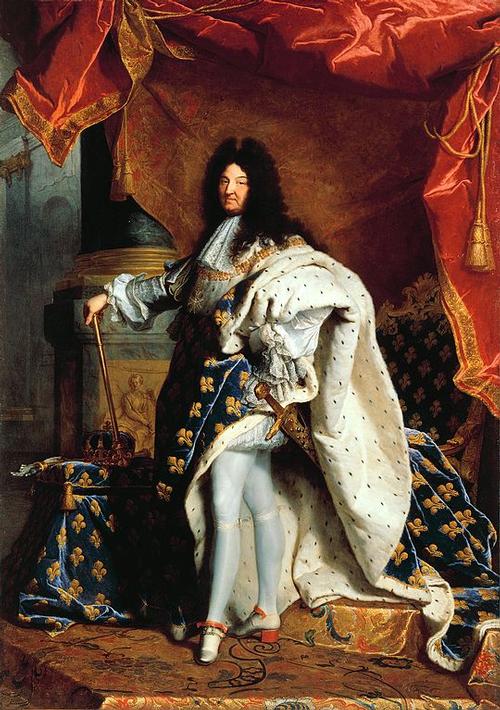 Louis XIV FrancePhoto: Public domain
Louis XIV FrancePhoto: Public domain
Under the absolute rulers Louis XIII (1610-1643) and Louis XIV (1643-1675), France became the most powerful state in Europe. This was also due to some important figures such as Cardinal Richelieu (actually Armand Jean du Plessis), who even became the founder of absolutism, whereby the power of the nobility was decreasing and that of the States General was almost nil. Regional government was handed over to royal intendants.
Another powerful figure of that time was Mazarin, who was in control, especially in the financial field, and significantly increased the tax burden on the population. In 1648 the Thirty Years' War came to an end, when Alsace was added to France. However, France was immediately plunged into civil war again in protest against the tax woes. However, Mazarin emerged victorious from the resulting disorder, and made Louis XIV marry the Spanish Maria Teresa. After Mazarin's death in 1661, Louis, called the "Sun King", took full power and ruled a mighty and prosperous realm where the sun "never" set. In the eighties of the 17th century, things went a lot less for Louis due to several defeats against an ever-growing group of enemies.
French revolution
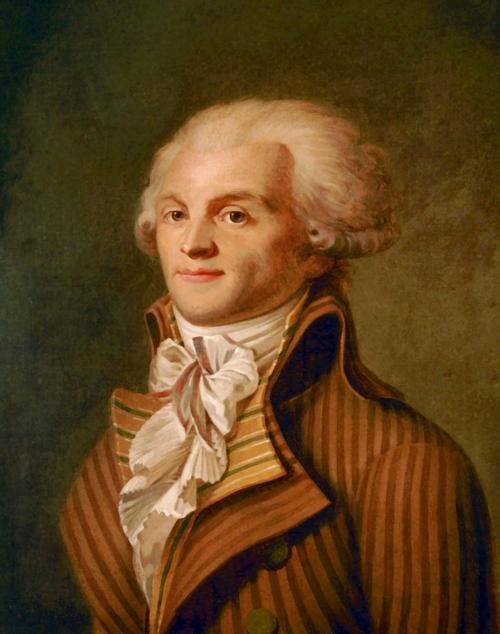
Louis XIV was succeeded by the weak Louis XV, who after the Seven Years' War (1756-1763) had to cede the colonial possessions in the East Indies and America to the English. In their own country, the economy deteriorated and the absolutist behavior came under increasing criticism. This also remained under the authority of Louis XVI (1774-1792), under whose rule the French Revolution broke out in 1789.
For the first time since 1614, the States General met again, a frenetic attempt by Louis to regain good standing with the population. There had to be a vote and this happened as always per stand and not per head. This was against the sore leg of the so-called 'third' class, the bourgeoisie, who in fact ensured the prosperity and development of France, but had nothing else to say, in contrast to the nobility and the clergy, who also benefited from all kinds of privileges. The six hundred civilians then revolted and on July 14, 1789, the Bastille, the hated symbol of the old rulers, was stormed. This uprising spread like an inkblot all over the country and the new motto "liberté, egalité et fraternité" was heard everywhere. The privileges of the estates were abolished and castles and monasteries were destroyed, including in Burgundy. Louis wanted to flee but was forced to stay on and in September 1791 signed a constitution based on a parliamentary monarchy. The republic was finally proclaimed in 1792. Within the republic another battle raged between the Girondins, who advocated equality of law, private property and self-government, and between the Jacobins (Robespierre, among others), who were supporters of a central state and for the nationalization of private property. Robespierre instituted the death penalty by guillotine in 1793 and Louis XVI was one of the most famous victims. However, Robespierre was also beheaded in July 1794.
France under Napoleon
Napoleon FrancePhoto: Public domain
While France suffered the horrors of the revolution, a number of other European powers sought to take advantage of it and hold back the revolutionary ideas of the French.
However, when Napoleon Bonaparte became commander of the army, the ambitions of the European countries were over. Under his leadership his army proved practically invincible and he conquered almost all of Europe. In 1804 he was crowned emperor and issued the "Code civil", a new and revolutionary civil code in which all kinds of matters were regulated for the entire population. It was only when Napoleon tried to conquer Russia that things went completely wrong.
In 1812 his army was devastated in the Russian cold, which in turn encouraged other countries to take up arms against France. In 1814, Napoleon was deposed and exiled to Elba, and the Bourbons rejoined the throne with Louis XVIII. Napoleon managed to assemble an army once more and advance to Paris, but in 1815 he was finally defeated at Waterloo.
19th century
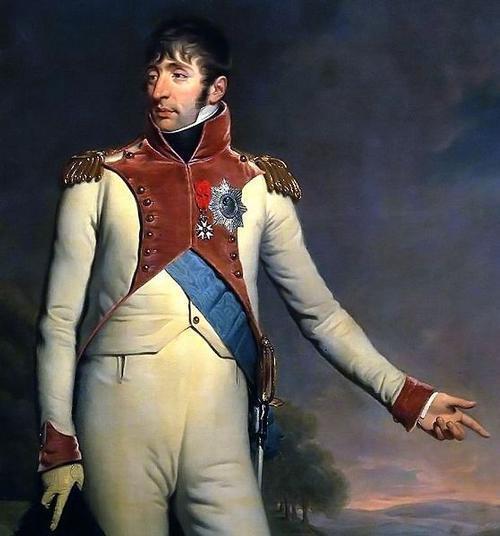
Under Louis XVIII a bicameral system with limited suffrage was created, the "Charte". His successor, Charles X (1824-1830), again restricted the right to vote and lifted the freedom of the press. The resistance to this return to authoritarianism was so fierce that Charles took his money and resigned in 1830. Things continued to rumble under Louis Philippe d'Orléans (1830-184), especially among the republicans and the workers. Finally, another revolt broke out in Paris in 1848, resulting in the Second Republic. After a coup d'état in 1852, Louis Napoleon became the most powerful man in France as Napoleon III. Due to a Spanish succession issue, in which Prussia threatened to take the Spanish throne, Napoleon declared war on Germany. France, backed by no ally, suffered some defeats and Napoleon was even captured by the Germans in 1870. This short war had its consequences, as the Alsace-Lorraine region belonged to Germany from that time on. The Third Republic would last in France until the start of World War II in 1940.
First and Second World War
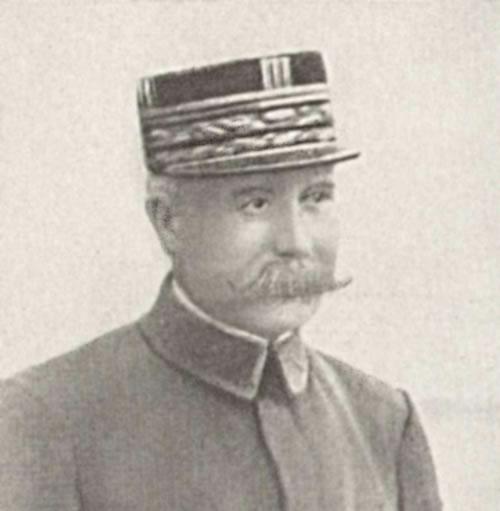
The First World War was mainly fought in Northern France, but Burgundy also played a crucial role. Here the French general Joffre managed to temporarily halt the German advance in Châtillon-sur-Seine. After the war, France received Alsace-Lorraine back from Germany as compensation.
In 1939, Adolf Hitler's Germany invaded Poland, after which France declared war on Germany. In the second half of May 1940 the Germans penetrated far into France, as far as Paris and Burgundy. Several Burgundian cities were bombed.
The resistance in France, very active in the Morvan (marquisards), was led by General Charles de Gaulle, who would later become president of France. On June 6, 1944, Allied troops landed on the Normandy coast and on 1945 the Germans capitulated.
Era De Gaulle
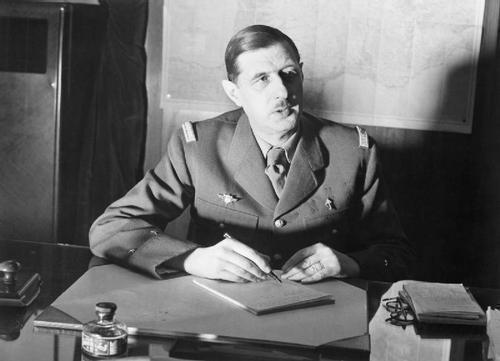
Immediately after the war, De Gaulle formed a provisional government. He then wanted to regulate more powers for the president through a constitutional reform, but this failed. Only after the Fourth Republic did he get his way. The takeover of power in the French colony of Algeria urged De Gaulle to lead the French. As a result, it was not so difficult for him to implement the constitutional amendment he wanted anyway. In this way he became firmly at the head of the Fifth Republic and managed to contain the Algerian uprising and push for independence from the North African country.
In 1969 De Gaulle stepped down after some of his proposals were voted down by referendum. Main points were the reform of the Senate and a new regional division of France.
After De Gaulle
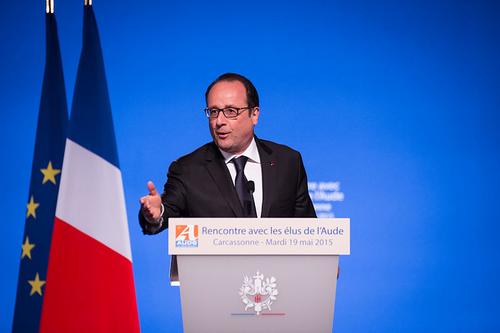 Francois Hollande FrancePhoto: Pablo029 CC 4.0 International no changes made
Francois Hollande FrancePhoto: Pablo029 CC 4.0 International no changes made
After De Gaulle, Georges Pompidou (until 1974), Valéry Giscard d'Estaing (until 1981), François Mitterand (until 1995) and Jacques Chirac (1995-) became president. The rise of the extreme right-wing Front National party in the 1980s and 1990s caused a lot of political unrest in France. The southern part of Auvergne, in particular, was not sensitive to the extreme ideas of this party over the years.
In the 1970s the regions, including Burgundy, got more to say and there was more room for their own language and local culture.
Nicolas Sarkozy has been president since May 16, 2007. The president has relatively great power, because he is head of state and government leader. In October 2008, the magnitude of the credit crunch becomes noticeable and in February 2009 the government is pumping billions into the economy. In March 2010, the governing parties suffered a major loss in regional elections. In June 2010, the government announced drastic cuts to reduce government debt. In May 2012, the socialist Francois Hollande becomes the new president of France. In 2013, France sends an intervention force to the former colony of Mali. In March 2014, Manuel Valls becomes the new prime minister, after a rise of the National Front. The front also won nationally in the European elections in May. 2015 was dominated by terrorist attacks on French soil by the Islamic State. In January 17 victims fell, mostly employees of the satirical magazine Charlie Hebdo. In November, 130 people were killed in various attacks in Paris. In February 2016, the clearing of the "jungle" of Calais, a large camp with illegal immigrants who want to make the crossing to Great Britain, starts. On July 14, 2016, Islamic State strikes again when a truck crashes into a crowd on National Day, killing more than 80. In May 2017, center candidate Emaunuel Macron wins the French presidential election of the ultra-right Marine Le Pen. His movement La Republique en Marche then won the absolute majority in parliamentary elections in June.
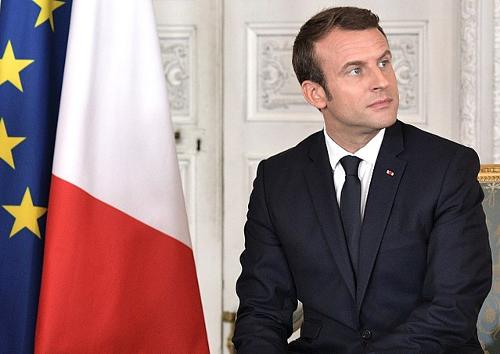
Emmanuel Macron, 25th President of FrancePhoto: Kremlin.ru, CC 4.0 International no changes made
At the end of 2018, major nationwide "yellow vests" protests are taking place against attempts to curb fossil fuel use through price hikes that become violent, prompting government adjustments. The protests will continue in 2019.
In July 2020, President Macron will appoint Jean Castex as prime minister, after Edouard Philippe resigned after a bad result for the ruling La République En Marche! party to local elections. In Conflans-Sainte-Honorine, a suburb to the northwest of Paris, Samuel Paty, a history teacher who recently showed caricatures of the prophet Mohammed was beheaded in the street. The eighteen-year-old Chechen culprit was shot dead by the police.
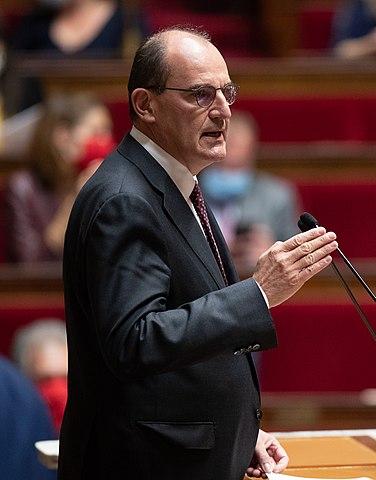 Jean Castex, Prime Minister of France since July 1, 2020Photo: Florian DAVID CC 4.0 International no changes made
Jean Castex, Prime Minister of France since July 1, 2020Photo: Florian DAVID CC 4.0 International no changes made
2021 and early 2022 will be marked by the upcoming elections in which Macron will face Valérie Pécresse of Les Républicains, Marine Le Pen of Rassemblement National and Éric Zemmour of Reconquête, among others. Emmanuel Macron wins French presidential election in April 2022. This will allow him to begin a second five-year term in office.
Sources
Bourgondië
Lannoo
Bourgondië, Jura
Michelin Reisuitgaven
Bussmann, K. / Bourgondië : kastelen, kloosters, en kathedralen in het hart van Frankrijk
Cantecleer
Evers, K. / Bourgondië
Gottmer
Frankrijk : natuurreisgids
Cantecleer
Keuning, T. / Bourgondië, Champagne
ANWB
CIA - World Factbook
BBC - Country Profiles
Last updated November 2025Copyright: Team The World of Info
